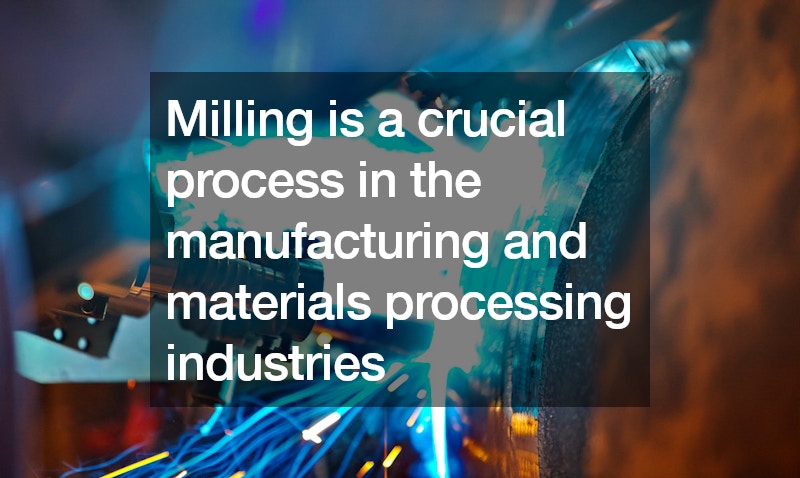Milling is a crucial process in the manufacturing and materials processing industries, involving the removal of material from a workpiece to create desired shapes and features.
At its core, mill lining involves the use of rotary cutters to remove material from a workpiece. This process can produce a variety of shapes, including flat surfaces, grooves, slots, and complex three-dimensional contours.
Milling is highly versatile and can be applied to metals, plastics, wood, and other materials.
There are two main types of milling operations: face milling and peripheral milling. Face milling involves cutting with the end of the cutter to produce flat surfaces, while peripheral milling uses the sides of the cutter to create features such as slots or contours. Each mill lining type offers unique advantages depending on the specific requirements of the project.

Key factors in the milling process include the selection of appropriate cutting tools and the determination of optimal cutting parameters. Tool selection depends on the material being machined and the desired finish. Common materials for milling cutters include high-speed steel, carbide, and ceramics, each offering varying degrees of hardness and wear resistance.
Cutting parameters, such as spindle speed, feed rate, and depth of cut, must be carefully controlled to ensure efficient material removal and avoid tool wear or damage. Advanced milling machines, equipped with computer numerical control (CNC) systems, allow for precise control of these parameters, resulting in consistent and high-quality outcomes.
